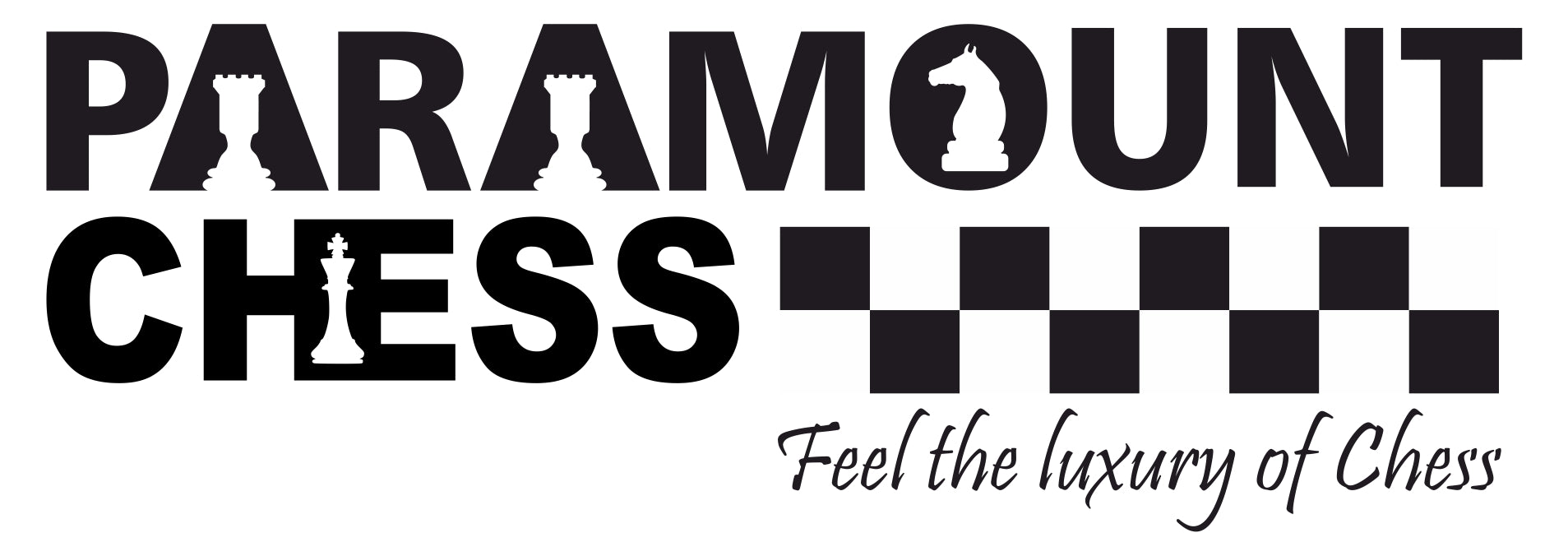
The Nimzowitsch Defence is a very unconventional opening that is adopted by very few players. Developed by Aron Nimzowitsch, it allows White to temporarily gain control over the center of the board. It waits for the perfect time to undermine the pawn structure of White and regain control of the center.

The moves involved in this opening are:
- e4 Nc6
Among the greatest chessmasters, it is not known to be a very dependable opening in itself. Nevertheless, you might be able to take your opponent well by surprise. Another great aspect of this opening is that it is short. The Nimzowitsch Defence only involves the 1 move. So even if the player recognizes the line you are intending to play, it is possible to switch to another one. As a result, there is a great deal of flexibility that comes with this opening. The code B00 corresponds to the Nimzowitsch Defence in the Encyclopedia of Chess Openings (ECO).

While the Nimzowitsch Defence is not very capable on its own, the flexibility is its main advantage. One of the most successful versions of this is the Nimzo-Indian Defence.
Check out our article on the King Indian Defence here:
Nimzo-Indian Defence
This opening combines the best of both the Nimzowitsch Defense as well as the King Indian Defence. Instead of readily giving up the center to White, black makes every attempt to restrict white from gaining control of the center. Two of the most important squares to black are the d5 and e4 squares. To defend these, lack uses its major pieces such as either the bishop or the knight. This is because defending them with the pawns will not be enough to topple the presence of white in the center of the board.

The moves involved in this opening are:
- d4 Nf6
- c4 e6
- Nc3 Bb4
One of the key moves that defines the Nimzo-Indian opening is moving the black bishop to b4. This pins the white knight on c3 and is a great way to gain control.
Some of the advantages of this opening are:
- This is a strong and solid opening
- Players employing this can easily develop wonderful postions
- Black is not held back in terms of development
Some of the disadvantages of this opening are:
- There might be an exchange of the black bishop and white knight following the capture of the black bishop. This creates an unbalance for black that may restrict progression.
- White already has its presence in the center and can easily fortify it if it chooses to do so.
Further Reading 1: https://www.chess.com/article/view/the-complete-nimzo-indian
Now that we have learnt about the Nimzo-Indian system, lets learn about all the variations of the Nimzowitsch Defence.
Before we move onto the variations in detail, it is important that you are well versed with the chess notations involved. If not, check out our article on chess notations here:
Breyer Variation
The Breyer Variation comprises of both players engaged in a tussle for control over the center of the board. This is because, gaining a dominant position of the center is crucial early on in the game. As a result, black promptly brings out both its knights in an attempt to take away white’s pawn on e4 and e5.

The moves involved in this opening are:
- e4 Nc6
- Nc3 Nf6
- d4 e5
Declined Variation
This variation is usually used by players that are not well-versed with this opening and hence do not wish to continue playing lines that are familiar to their opponent. It is an interesting choice when White chooses to not partake in this variation. Due to its low success rate, not a lot of players prefer the Nimzowitsch so if a player playing black wants you to play the Nimzowitsch, it is best to move away. This is exactly what the Declined variation is.

The moves involved in this opening are:
- e4 Nc6
- Nf3
There are multiple sub-variations of the Declined variation. One of the most popular ones is the Williams Variation. This involves a smooth transition from the Nimzowitsch Defence into another opening. One line leading out of the Williams variation is that of the Pirc Defence. Again, we see that white is dictating the kind of play taking place. This is not an ideal situation for black.
Lean Variation
This variation is also known as the Colarado Gambit. This is because, black offers a pawn (the gambit) to white.

The moves involved in this opening are:
- e4 Nc6
- Nf3 f5
- exf5
If White does choose to capture the pawn as shown above, this is great for black. Now black is free to develop its second knight. Further, black may advance the d7 pawn to d5 creating space and using the Queen to attack. This is a more aggressive variation as compared to the other ones and is great for black to gain momentum back from White. In addition, the material advantage that white had early on, may easily be offset further into the game.
Further Reading 2: https://lichess.org/study/yG17ooXf
Further Reading 3: https://en.chessbase.com/post/review-the-nasty-nimzowitsch-defence




